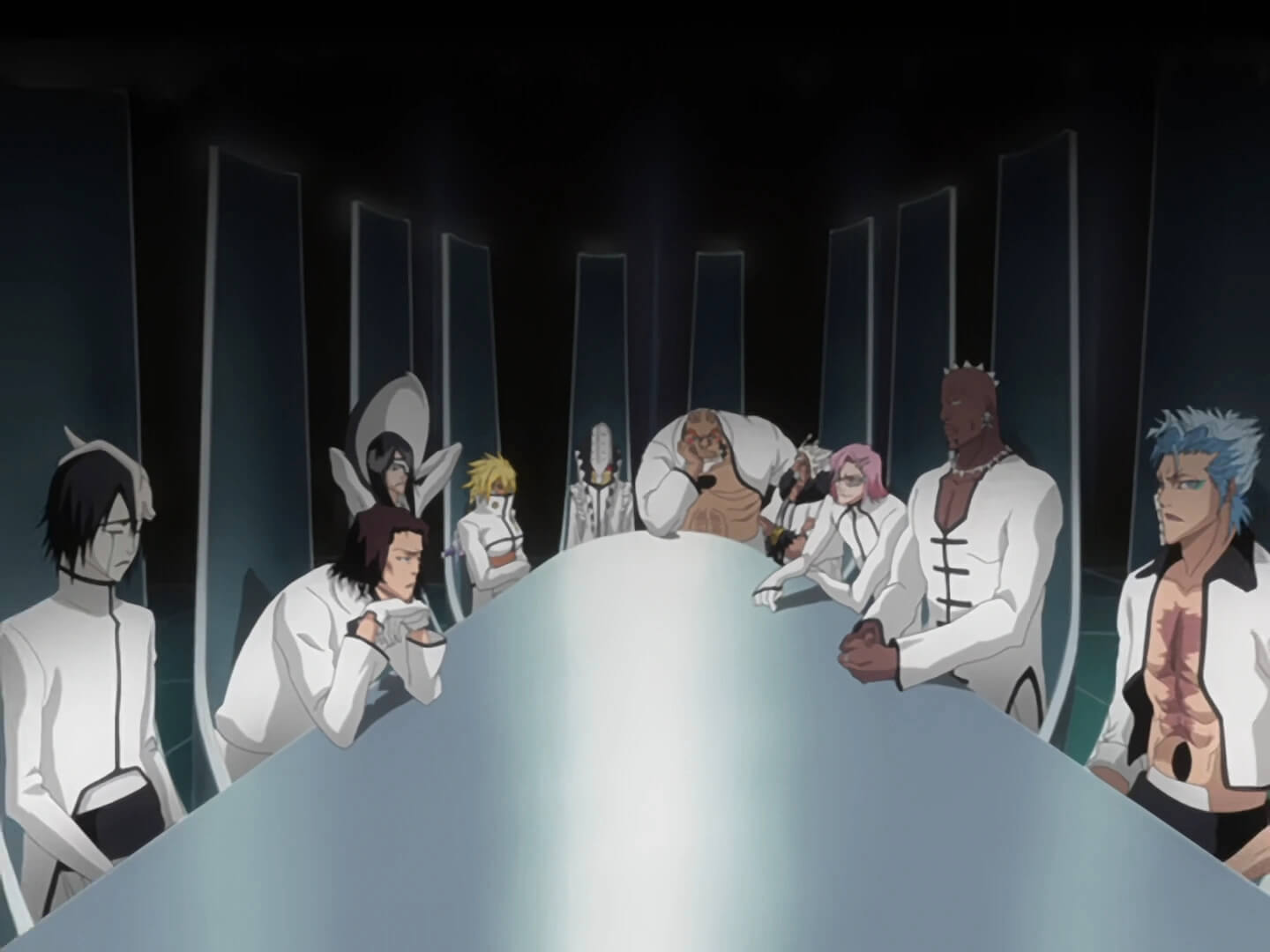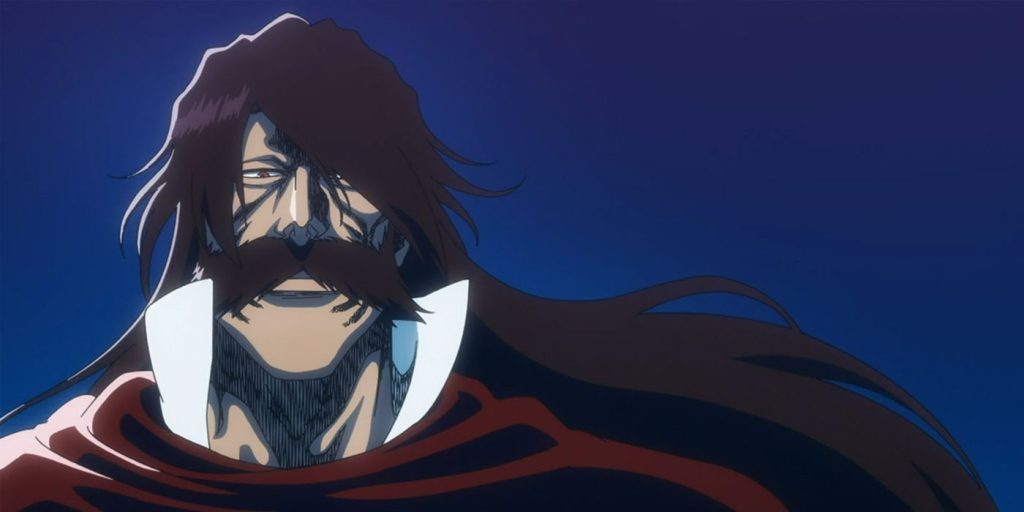Tite Kubo is among the most celebrated and popular mangakas who have carved his niche in the shonen genre. His masterpiece Bleach redefined the genre with its complex themes and compelling storyline.
What’s even more interesting is the mangaka’s use of language and symbolism in the series. However, we have barely scratched the surface with this one.

His use of the Spanish language and its terminology outlines his passion for the language. Interestingly, his reasoning for the use of language in the plotline ties well with the story and it all makes sense considering his process.
On top of that, this tradition is carried on in the sequel series Thousand Year Blood War. The symbolism and language become a core essence of the series in more ways than one.
Tite Kubo’s fascination with Spanish
Tite Kubo is exemplary when it comes to his unique world-building. From spirits to Hollows, Kubo redefined Soul Reapers through his series. Not only that, the manga is an exceptional blend of intricate art as well as impeccable storytelling.
From dramatic panels to character designs, the mangaka notches up his series to a whole new level. But that is not all, considering his use of wordplay in the series. There, however, is more to it than meets the eye.

In his process of conceptualizing characters, Kubo often uses word association. As stated in an interview, the mangaka has his own creative process, which plays a pivotal role in the writing process. The word association is just the tip of the iceberg considering the diverse range of characters in the series.
Along with the word-play, a core essence of his manga is the language. From Vasto Lorde to Hueco Mundo, he captured the essence of the spirit world brilliantly through his use of the Spanish language. His reasons make absolute sense.
In a 2013 interview published in TokyoPop, the mangaka revealed his reasons for using Español in his manga. He quoted:
As for the Arrancar, I think that Spanish sounds very passionate and a little erotic, so it matches their wild lifestyle. German sounds cold, harsh and methodic, something that matches the straight-forward methods of the Quincys.
Kubo’s use of Español ties well with each Espada and their personality. Arrancar literally translates to “tearing off” which resonates with their half-Hollow half Shinigami state.
Moreover, Las Noches and Hueco Mundo reverberate the dark and hollowness of the Arrancars. The mangaka surely deserves his due recognition for the apt wordplay. But that is not all, considering Kubo’s intermingling of profound symbolism and language in his series.
Interplaying symbolism and language in Bleach
The mangaka jazzed up his wordplay in Bleach’s sequel series Thousand Year Blood War. It was a huge leap from Español to German but that didn’t deter Kubo from experimenting with languages.
The symbolism and wordplay are intermingled with the premise of the sequel. With Aizen’s defeat, the Shinigami prepare for yet another war with Quincies. Just like Arrancars, Quincies and their worldbuilding is redefined by German terminology.

While Kubo’s knack for languages and their experimentation isn’t surprising, it has profound meaning to it. The words carry a deeper symbolism in his series especially Thousand Year Blood War.
The Wandenreich truly lives up to its name as a hidden empire and society for Quincies. As for the Sternritters, the Star Knights outline their twisted ideals in creating the Wahrwelt (True World). But there’s more to it than meets the eye.
More often than not, fans miss out on these subtleties that are enmeshed with the core essence of the series. From Hollows to Arrancars, Kubo deserves a pat on the back for his meticulous storytelling.
Bleach is available for streaming on Netflix. The manga is available for reading on Viz Media.
